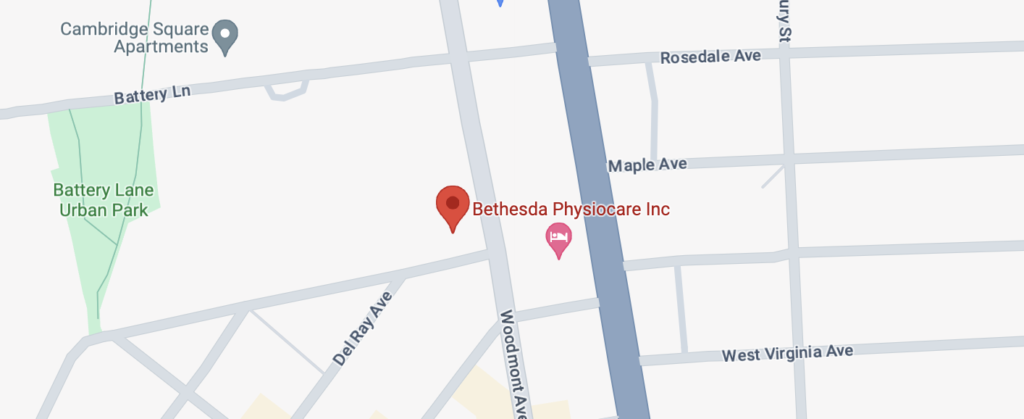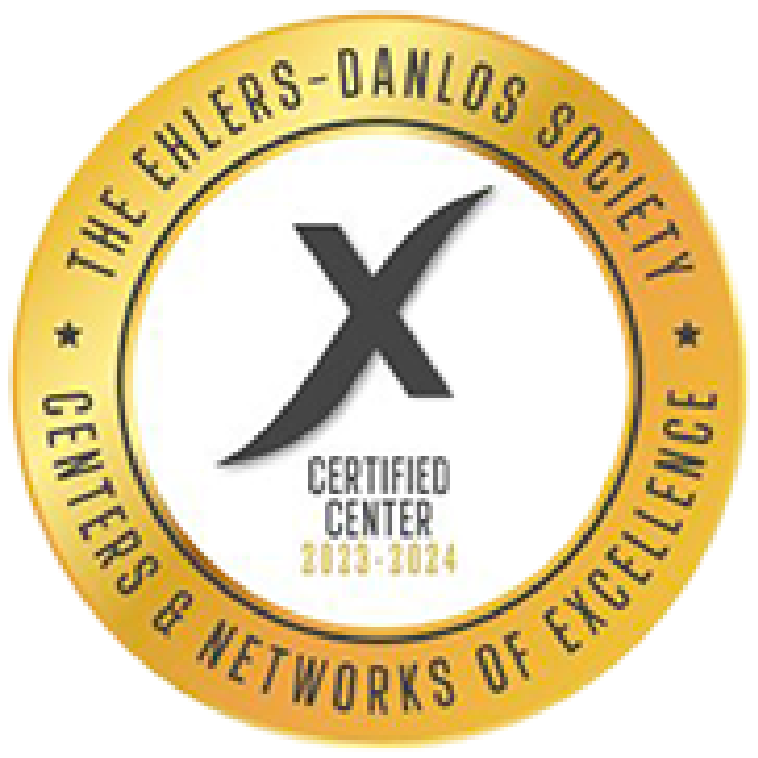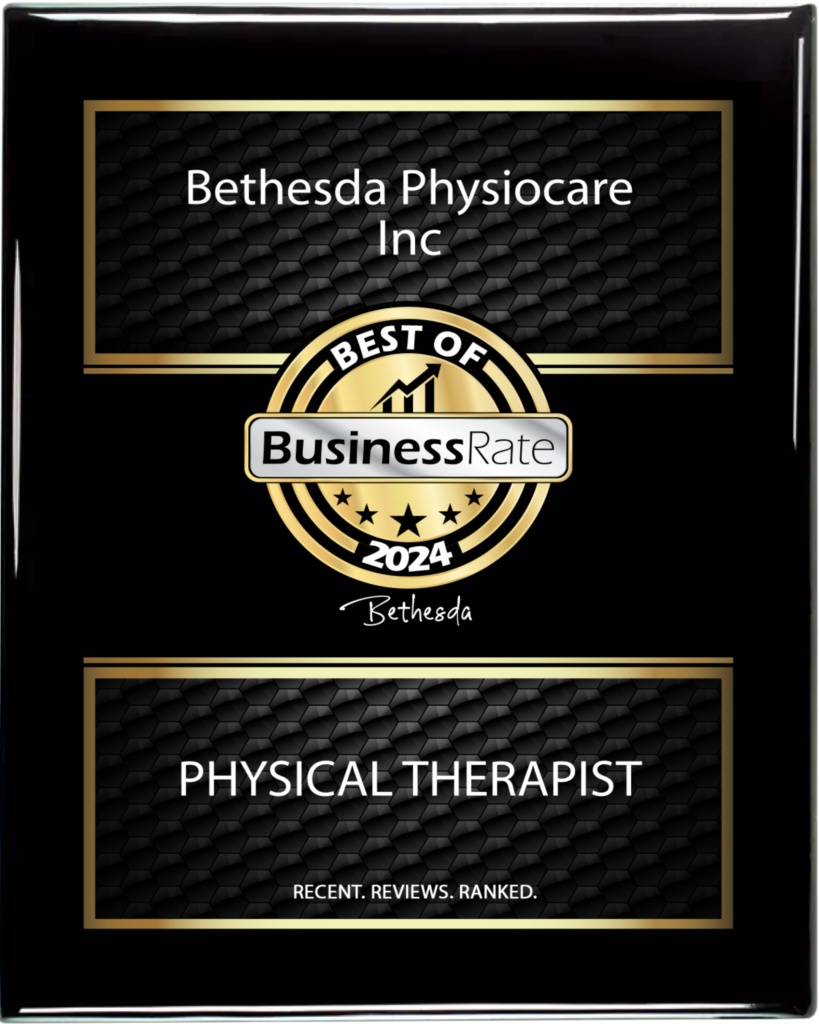
According to a recent article in the Guardian, Ms. Coco Berlin, who refers to herself as “Germany’s most famous belly dancer,” wondered why Egyptian belly dancers were so much better than dancers in Germany. After traveling to Egypt to get to the bottom of this, she concluded that one of the main differences was that they were much more in touch with their pelvic floor. Returning to Germany, Berlin worked hard to “connect to her pelvic floor,” which did not only improve her dancing, but also her stress levels, her enjoyment of sex, and her overall strength.
You don’t have to be a high-level belly dancer to realize that most people have little awareness of the pelvic floor muscles and that most of us do not “connect to our pelvic floors.” These muscles, which form the bottom of the pelvis, support the pelvic organs or viscera, including the bladder, bowel, and uterus (in women) along with other structures in the pelvic region (1). The pelvic floor muscles control the urinary and anal sphincters, sexual arousal and orgasm, local spine stability, and motor control (2)
A Look at Common Pelvic Floor Issues
Weak or tight pelvic floor muscles can create problems with bladder and bowel control, and sexual function, but can also lead to other painful conditions, such as back and hip pain. Many men and women with problems in the pelvic floor area tend to ignore their symptoms. This often occurs because one may feel that, for example, a lack of bladder control is inevitable after pregnancy, and assume that there is not much that can be done. Pregnancy and childbirth may indeed weaken the pelvic floor muscles, but there are many other possible challenges, such as having a chronic cough or constipation, hormonal imbalances, aging, obesity, and even heavy powerlifting.
Typical problems involving the pelvic floor may include:
- Poor bladder control leading to incontinence
- Pain in the pelvic region
- Sexual dysfunction
Incontinence is a common problem, especially among women. One study of high school and college-age women showed that more than 25% had some degree of incontinence (3). An expression such as “don’t make me laugh, or I will pee in my pants” speak volumes of how common incontinence is in our society.
Weightlifting or landing on both feet during a volleyball game should not lead to a loss of urine, no matter how minute the quantities may be. Everyone should feel confident to have full control over the muscles in the pelvic floor with all activities!
How Tight Pelvic Floor Muscles Can Cause Pain and Sexual Dysfunction
Pelvic floor muscles that are too tight can contribute to pelvic pain and sexual dysfunction (4). According to the American College of Obstetricians and Gynecologists, chronic pelvic pain (CPP) is defined as pain located in the pelvis, in the abdominal wall, or below the umbilicus, lumbar, sacral, and buttock regions (5). The prevalence of CPP is estimated to be 14.7% of women between 18–50 years of age in the USA (6) and the lifetime occurrence is 33% (7). There are many diagnoses covered under the heading of CPP, such as endometriosis, prostatic pain syndrome, interstitial cystitis, dysmenorrhoea, vulvodynia, vestibulitis, and bladder pain syndrome, among many others (8). Did you know that about 40% of all laparoscopies are performed to determine a cause of CPP (9), which suggests that the cause of CPP is not well-defined?
The pelvic floor, the diaphragm, and the stomach muscles are functionally related to each other (10). Research has shown that there is also an association between low back pain, incontinence, sexual dysfunction, pelvic and hip pain. For example, Dr. Jan Dommerholt, owner and physical therapist of Bethesda Physiocare, co-authored a study published in the prestigious Journal of Anatomy that showed that patients with low back pain commonly have objective changes in their hip muscles (11).
At Bethesda Physiocare, patients with low back pain quite often ask the therapists whether the treatment for their low back could improve their sexual dysfunction. One patient, who was treated with dry needling for the low back pain, reported during the fifth treatment that since he had become a patient at Bethesda Physiocare, he no longer experienced post-orgasmic pain. One form of post-orgasmic pain is painful ejaculation, which may occur in up to 25% of sexually active men (12). Post-orgasmic pain has been reported at the level of the penis, the testes, rectum, or lower abdomen in men (13), but also occurs frequently in women.
Myofascial trigger points are one of the most common contributing factors to pelvic pain and dysfunction and sexual dysfunction. Nearly all patients with interstitial cystitis, endometriosis, pelvic pain, vestibulodynia, and incontinence present with myofascial pain and trigger points, especially in the stomach muscles, adductor muscles, the pelvic floor muscles, and the gluteal muscles (4).
Frequently, trigger points are associated with tight pelvic floor muscles. Eighty-eight percent of men with chronic prostatitis presented with myofascial pain (14, 15). Furthermore, trigger points in the pelvic floor and abdominal muscles reproduced penile pain 75% of the time and suprapubic, groin, and testicular pain in 80% of the cases (16). Trigger point therapy has been found to be very useful in the treatment of erectile dysfunction (17).
From a therapy point of view, physical therapists at Bethesda Physiocare are specialized in the treatment of patients with acute and chronic pain problems, especially pain associated with trigger points. Many studies recommend physical therapy for the treatment of pelvic pain in men and women resulting in significantly less pain and a reduction in pain medications.
Suffering from Pelvic Pain? Contact Bethesda Physiocare!
Leading medical societies, including the European Association of Urology, the Society of Obstetricians and Gynaecologists of Canada, and the American Urological Association, recommend including trigger points in the management of patients with pelvic pain conditions. The physical therapy treatment should not be limited to the pelvic floor and more often than not, must include the lower back, the abdomen, and the hips. While strengthening exercises, such as Kegel exercises, may be recommended for some patients, a thorough evaluation by a physical therapist will help patients determine what the best evidence-informed course of therapy will be for each individual patient.
References
- Hartmann D, Sarton J. Chronic pelvic floor dysfunction. Best Pract Res Clin Obstet Gynaecol. 2014;28(7):977-90.
- Green BH, Dommerholt J. Deep dry needling of the hip and pelvic muscles. In: Dommerholt J, Fernández de las Peñas C, editors. Trigger point dry needling; an evidenced and clinical-based approach. Edinburgh: Churchill Livingstone; 2018. p. 155-78.
- Carls C. The prevalence of stress urinary incontinence in high school and college-age female athletes in the midwest: implications for education and prevention. Urol Nurs. 2007;27(1):21-4, 39.
- FitzGerald MP, Kotarinos R. Rehabilitation of the short pelvic floor. I: Background and patient evaluation. Int Urogynecol J Pelvic Floor Dysfunct. 2003;14(4):261-8.
- Vercellini P, Somigliana E, Vigano P, Abbiati A, Barbara G, Fedele L. Chronic pelvic pain in women: etiology, pathogenesis and diagnostic approach. Gynecol Endocrinol. 2009;25(3):149-58.
- Mathias SD, Kuppermann M, Liberman RF, Lipschutz RC, Steege JF. Chronic pelvic pain: prevalence, health-related quality of life, and economic correlates. Obstet Gynecol. 1996;87(3):321-7.
- Zondervan KT, Yudkin PL, Vessey MP, Jenkinson CP, Dawes MG, Barlow DH, et al. The community prevalence of chronic pelvic pain in women and associated illness behaviour. Br J Gen Pract. 2001;51(468):541-7.
- Fall M, Baranowski AP, Elneil S, Engeler D, Hughes J, Messelink EJ, et al. EAU guidelines on chronic pelvic pain. Eur Urol. 2010;57(1):35-48.
- Pastore EA, Katzman WB. Recognizing Myofascial Pelvic Pain in the Female Patient with Chronic Pelvic Pain. J Obstet Gynecol Neonatal Nurs. 2012.
- Sapsford RR, Hodges PW, Richardson CA, Cooper DH, Markwell SJ, Jull GA. Co-activation of the abdominal and pelvic floor muscles during voluntary exercises. Neurourol Urodyn. 2001;20(1):31-42.
- Pourahmadi M, Asadi M, Dommerholt J, Yeganeh A. Changes in the macroscopic morphology of hip muscles in low back pain. J Anat. 2020;236(1):3-20.
- Waqar M, Omar K, Moubasher A, Brunckhorst O, Ahmed K. Painful Ejaculation – An Ignored Symptom. Cureus. 2020;12(10):e11253.
- Capogrosso P, Ventimiglia E, Cazzaniga W, Montorsi F, Salonia A. Orgasmic Dysfunction after Radical Prostatectomy. World J Mens Health. 2017;35(1):1-13.
- Zermann DH, Ishigooka M, Doggweiler R, Schmidt RA. Chronic prostatitis: a myofascial pain syndrome? Infect Urol. 1999;12(3):84-92.
- Zermann DH, Ishigooka M, Doggweiler-Wiygul R, Schubert J, Schmidt RA. The male chronic pelvic pain syndrome. World J Urol. 2001;19(3):173-9.
- Anderson RU, Sawyer T, Wise D, Morey A, Nathanson BH. Painful myofascial trigger points and pain sites in men with chronic prostatitis/chronic pelvic pain syndrome. The Journal of urology. 2009;182(6):2753-8.
- Lavoisier P, Roy P, Dantony E, Watrelot A, Ruggeri J, Dumoulin S. Pelvic-floor muscle rehabilitation in erectile dysfunction and premature ejaculation. Phys Ther. 2014;94(12):1731-43.



